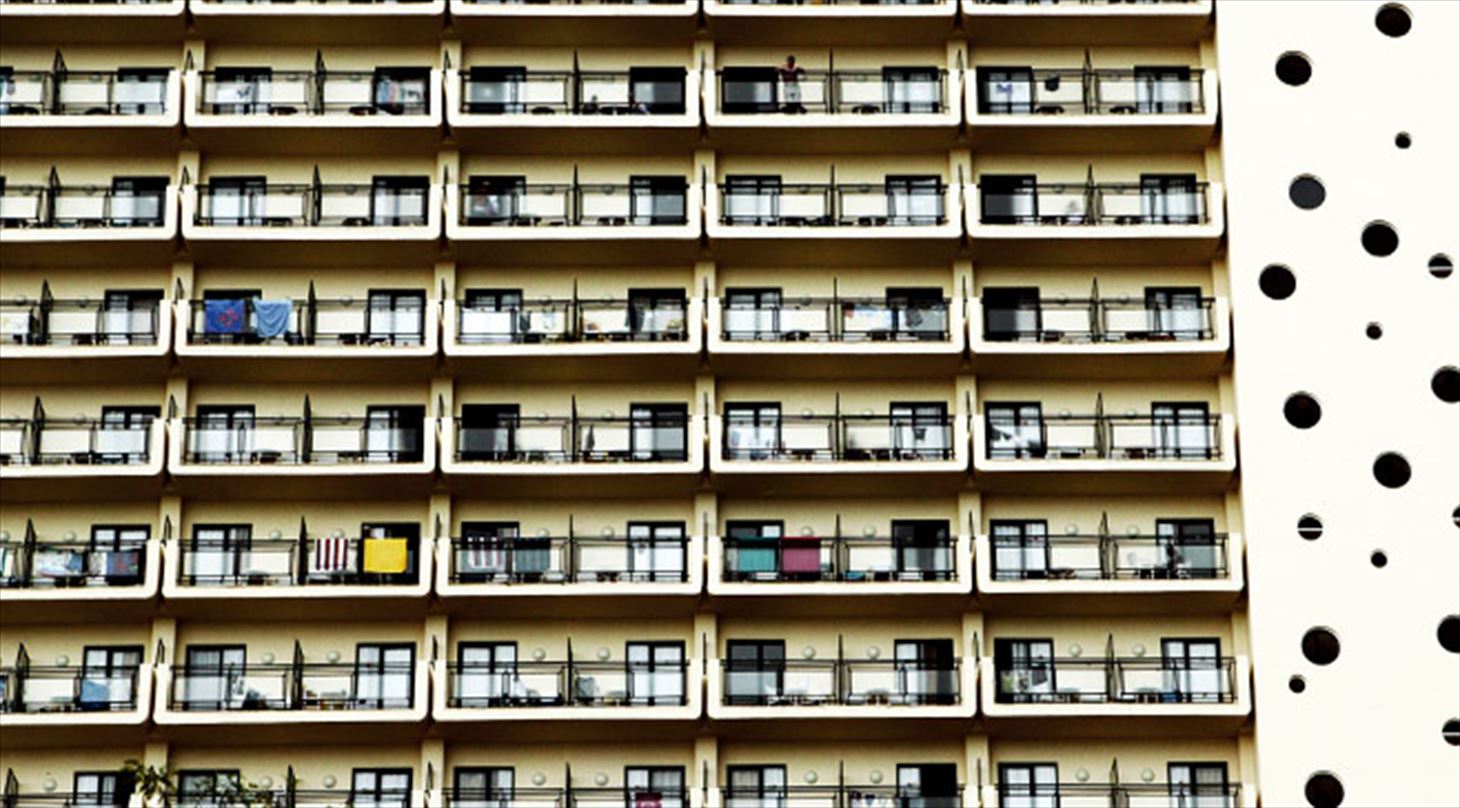
Harmful substances in building materials
Contaminated Building Materials
PCB (Polychlorinated Biphenyls) and asbestos are some of the substances damaging to health in building materials. Today the use of building materials containing PCB and asbestos is illegal, but prior to changes in the law the harmful affects of these substances were unknown and they were often used in construction within the law.
Today we know that PCB and asbestos can cause a number of serious problems and health hazards to people through contamination of the indoor climate in buildings that contain them. In addition, the presence of harmful substances may make renovation and demolition projects far more expensive than expected.
How can Danish Technological Institute help you?
- Preliminary Screening/Mapping of Harmful Substances in Buildings
- Determination of Extent of Sample Extraction and Building Inspection
- Technical Measurements of Indoor Climate and Consultancy
- Hazard Assessment of the Effects of Harmful Substances on Users
- Preparation of Action Plans
Even though both asbestos and PBC are substances damaging to health, they are very different in the sense that they have completely different properties and affect our health in different ways too. In the 60s and the 70s, PCB, one of the world’s most dangerous environmental toxins, was used as a softening agent in building materials – e.g. in fillers and in the sealing of doubled-glazed windows. These substances disrupt hormones and are difficult to break down, thereby accumulating in the food chain.
Contamination from asbestos primarily occurs when materials containing it are damaged during renovations and repairs or when buildings are demolished. Asbestos is non-flammable with good insulating capacities and has therefore been used for things like ceiling sheets and technical insulation, for example. Asbestos fibres easily split into very thin fibres, which can be inhaled and, in the long term, can cause diseases such as lung cancer.
Unsuitable use of other materials can also result in damaging effects on the indoor climate, for example, earlier use of mineral wool in ventilation systems and surface treatment with leaded paints.
At Danish Technological Institute we have extensive consultancy and guidance experience and also in arranging courses concerning the handling of harmful substances that may be contained in building materials. It may be beneficial to involve our experts at an early stage of a renovation or demolition job where there is a risk that such harmful substances could be present.
Danish Technological Institute analyses PCB and asbestos content in materials and air in our own laboratories. PBC analyses of building materials.
Case